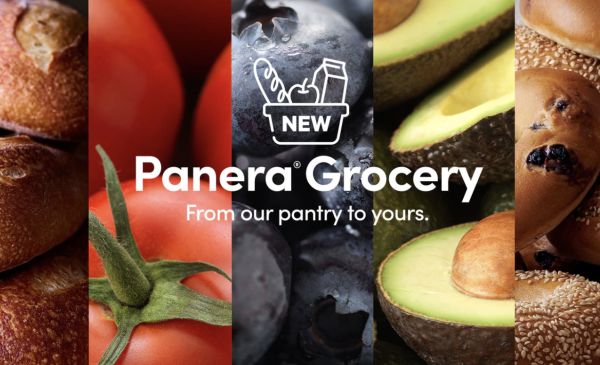Powerful brands have distinct personalities: Duracell’s batteries last a long time. Volvos are safe in a crash. But even dominant brands can fade if they fall prey to multiple personality disorder.
Consider General Motors. What’s the difference between a Chevrolet, a Pontiac and a Buick? The company has woken up to the problem in recent times; In 2005 GM announced it would narrow its selection of cars. But this belated effort to bring the automaker’s brand schizophrenia under control is too little too late.
General Motors mucked up its brands over decades of endless line extensions. But Mercedes Benz has done it in less than one decade. Once upon a time, it was a high-quality, highly engineered, prestigious car. But now, if you wander into a dealership in Europe, you’re faced with the following lineup: A-Class, B-Class, C-Class, E-Class, S-Class, CLK, CLS, CL, SLK, SL, M-Class and G-Class. The prices range from 20,000 to 200,000 euros. The result is that in Europe, Mercedes Benz is not listed as the top brand. The Audi A8, BMW, Maserati and Jaguar have taken over this position.
The GM and Mercedes stories are not unique. Once a company abandons its brands’ distinctive personalities or positions, it’s just a matter of time before confused customers start to drift away. In 1985, Coca-Cola infamously introduced an identity-blurring new brand, New Coke. A massive consumer backlash ensued, and the company quickly reinstated its familiar Classic Coke.
You’d think Coca-Cola would have learned from that experience the importance of having a unique product personality.
But today the company sells 16 versions of Coke, including such strange variations as Coca-Cola Zero, Diet Coke with Splenda, and Coca-Cola C2. What’s a Coke? It’s no wonder the company has lost its fizz.
There are ways to execute line extensions without confusing, and losing, your customers. What these strategies share in common is rigorous attention to the brand’s position–consumers’ sense of the brand’s distinct, overarching identity. BMW, for example, has been for decades “the ultimate driving machine,” an identity that transcends the company’s multiple product lines. Managed carefully, a good position is timeless. The “ultimate driving machine” is now 33 years old, “Marlboro Country” is 54 and “a diamond is forever” is 60.
What you have to fight off is the tendency of marketing people to tinker with a brand. After all, how else can they make their mark? I have rarely seen a marketing person arrive at a new assignment and say, “Things look pretty good, let’s not touch a thing.” The next thing you know, you’re about to come down with a bad case of brand schizophrenia.
But what’s worse is a marketing executive who announces that brand schizophrenia is a good thing. Such was the case with Larry Light, the ex-chief marketing officer of McDonald’s, when in a speech he said that “brand chronicles” or multiple messages (i.e., personalities) was the way to go, as opposed to brand positioning.
Should BMW abandon its long-term positioning strategy of being “the ultimate driving machine”? Should it go the way of Chevrolet, whose drive to be everything for everybody has resulted in its becoming nothing in the mind? (What’s a Chevrolet?)
Positioning is how you differentiate yourself. Staying focused on that position is how you survive in a brutally competitive world. Ever since Coca-Cola dropped its heritage-positioning strategy with “the real thing,” things haven’t gone well for Coke. Luckily, Pepsi left its youth-positioning strategy with “choice of the new generation” and kept things from getting worse.
Has it ever occurred to you that McDonald’s was looking for slogans and not a positioning strategy? There’s one that’s right on the bottom of its sign that announces how many hamburgers you’ve been served. McDonald’s, with its international reach and billions of hamburgers served, is staring at what I would call a very powerful leadership-positioning strategy. And it’s the one that would indeed encompass what you describe as a multidimensional brand.
The obvious positioning strategy: “The World’s Favorite Place to Eat.”
I’m sorry, Larry, “brand chronicles” are not the way of the future. It’s only a way of turning a brand that stands for something into a brand that stands for nothing.
The Blake Project Can Help: The Brand Licensing Audit
Branding Strategy Insider is a service of The Blake Project: A strategic brand consultancy specializing in Brand Research, Brand Strategy, Brand Licensing and Brand Education




